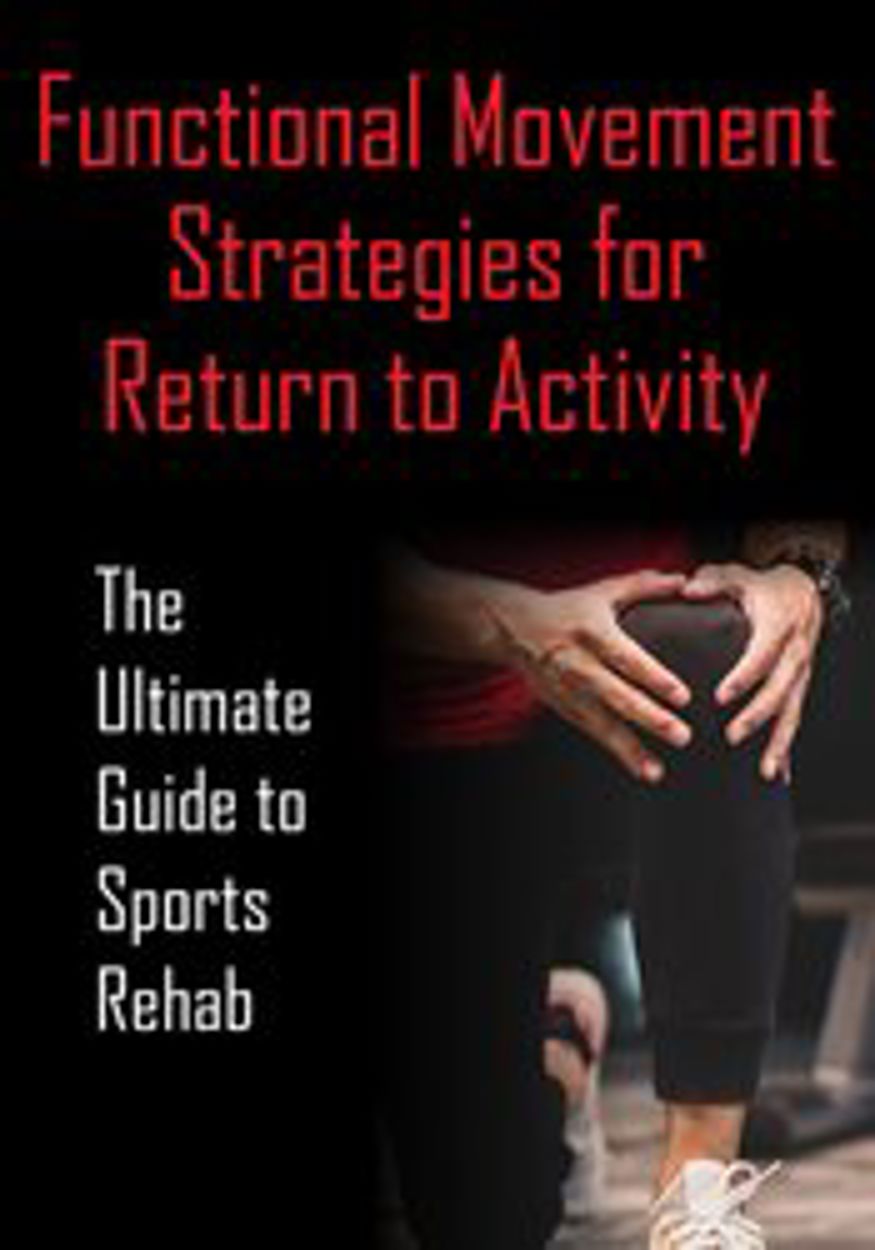The Minimalist Running Movement: What To Tell Your Patients

Middle distance and long distance running events are becoming some of the fastest growing sports in the US.
But as a result of poor training, over training, and a lack of understanding of the physiological principles of effective running, many runners end up coming to see you with running-related injuries.
It doesn’t help that myths about running are abundant.
Take, for example, the minimalist or barefoot running movement. Proponents of minimalist running say that running without shoes, or in minimally padded footwear, is safer and more effective, while critics point out that barefoot running often leads to an increase in injuries.
If your patient asks for your opinion on minimalist running, what would you tell them?
Here’s Jon Mulholland, DC, CCSP, CSCS, on what you need to know:
But as a result of poor training, over training, and a lack of understanding of the physiological principles of effective running, many runners end up coming to see you with running-related injuries.
It doesn’t help that myths about running are abundant.
Take, for example, the minimalist or barefoot running movement. Proponents of minimalist running say that running without shoes, or in minimally padded footwear, is safer and more effective, while critics point out that barefoot running often leads to an increase in injuries.
If your patient asks for your opinion on minimalist running, what would you tell them?
Here’s Jon Mulholland, DC, CCSP, CSCS, on what you need to know:
Become the Go-To Expert for Runners & Other Athletes

Get the secrets to return athletes to sports! Enhance your clinical sports rehab skills and get today’s best practices to correct movement dysfunctions, manage symptoms, and repair, sustain, and improve every athlete, plus, find the perfect balance of proper sports rehab and your patients’ desires to return to their passion.





